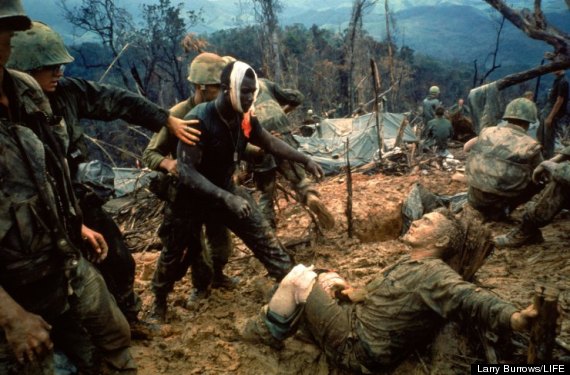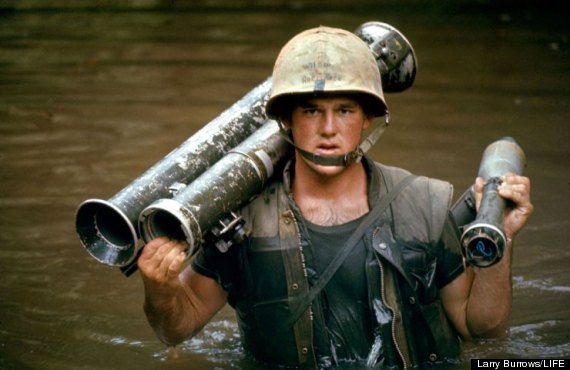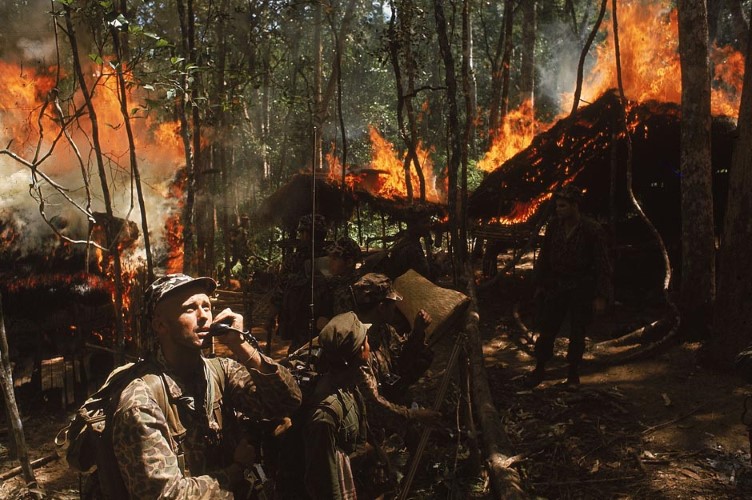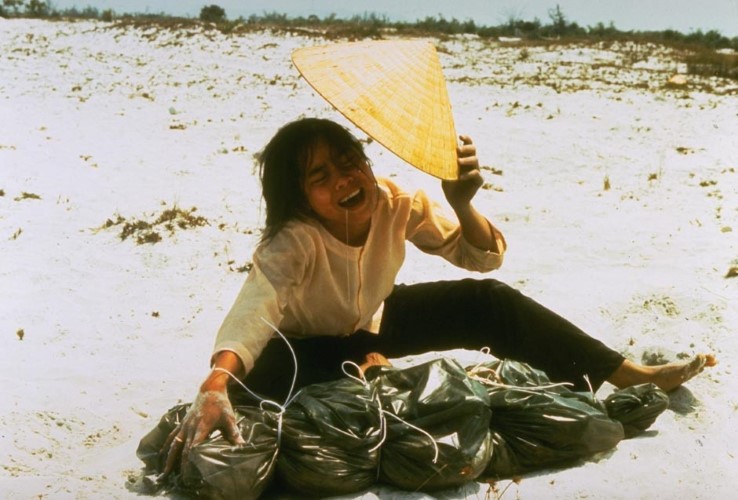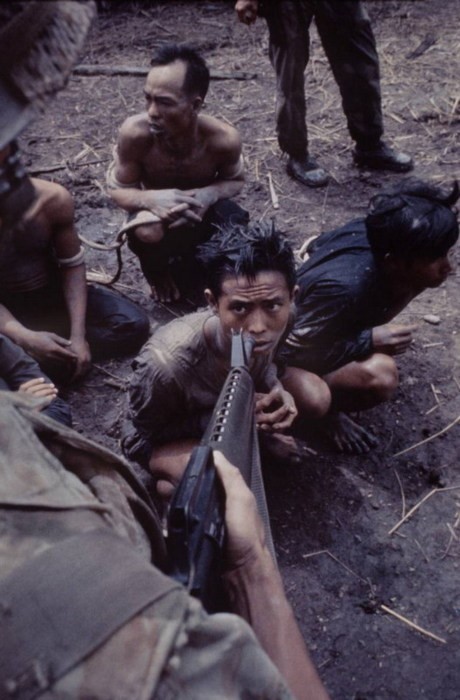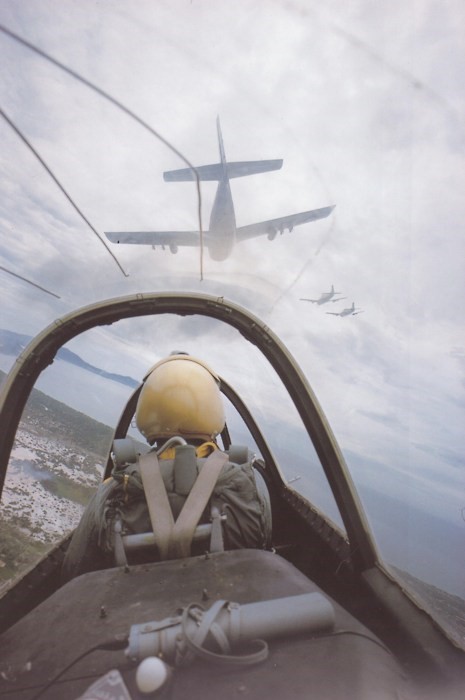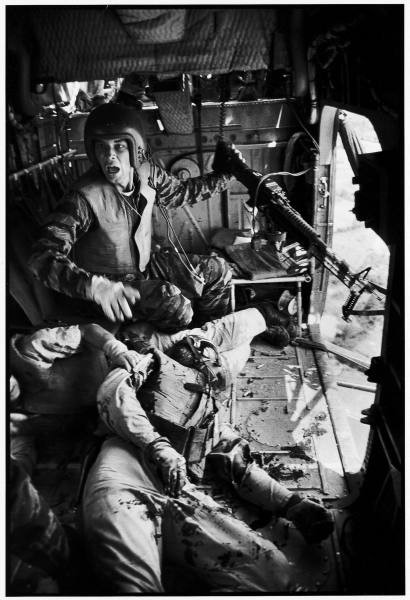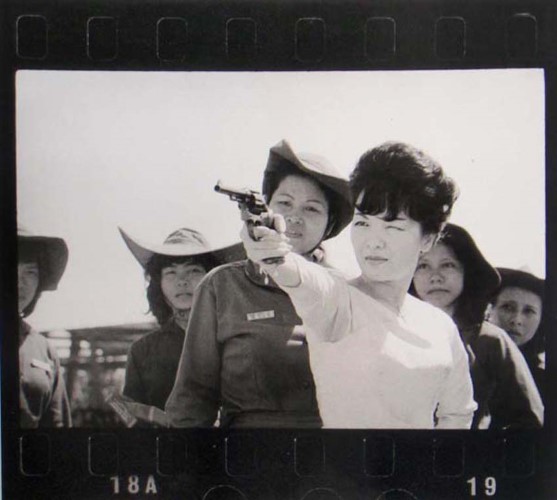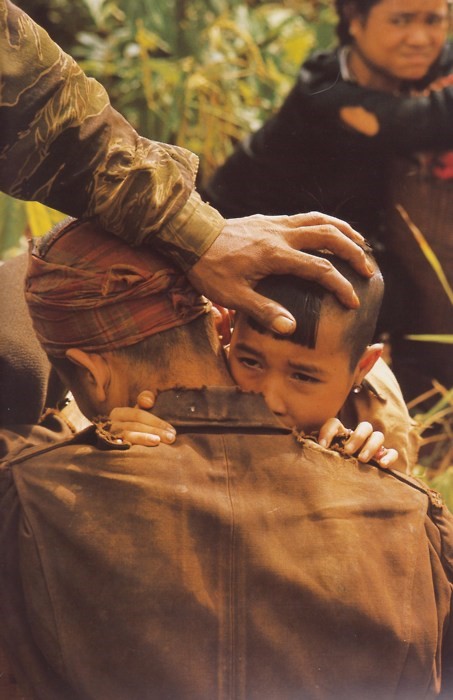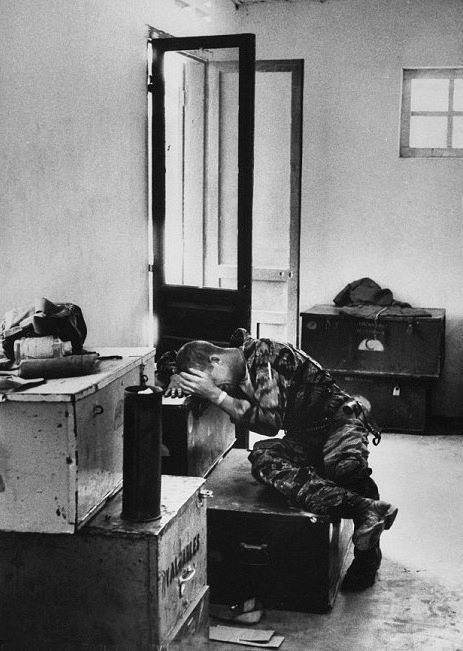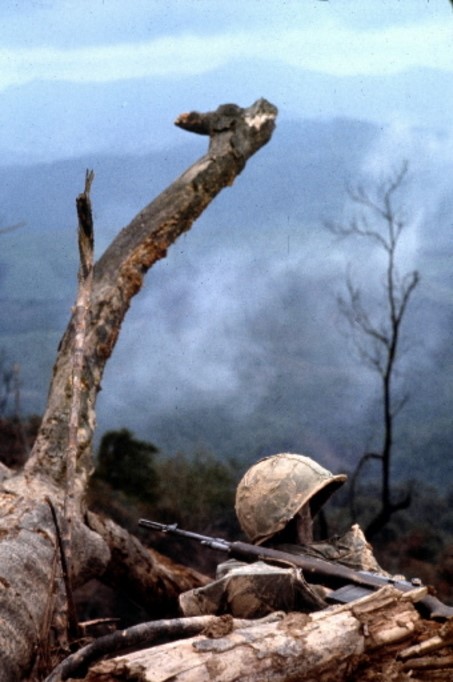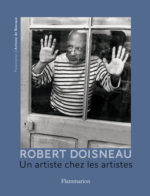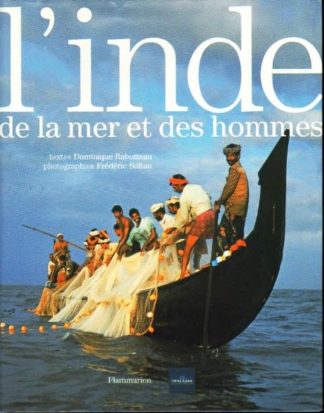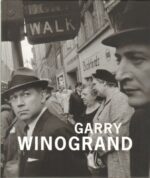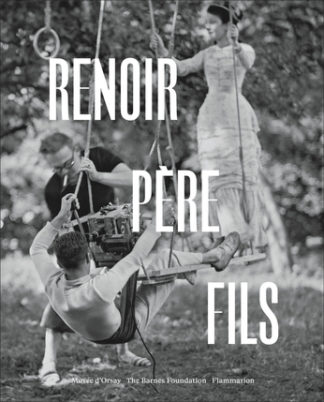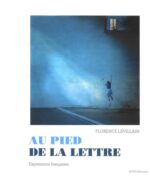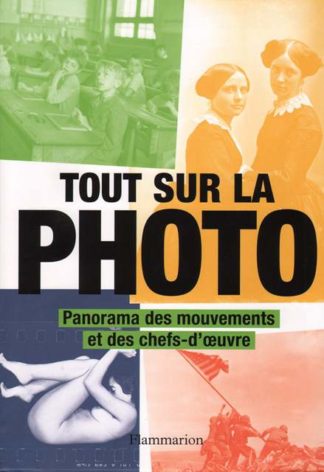Livre Épuisé / Out of Print Book.
Exemplaire État Neuf / Copy as New.
La photographie de Larry Burrows montrant les soldats blessés qui s’étirent dans la boue, publiée en couleur par le magazine Life peu après sa mort en 1971, est l’une des plus grandes photographies de la guerre du Vietnam et elle reste gravée dans nos mémoires collectives. Ralph Edwards, le rédacteur en chef de Life, a appelé Burrows ‘le photographe le plus courageux et le plus dévoué que je connaisse’.
Les photos de Burrows étaient incroyablement belles et terrifiantes. Non seulement était-il un virtuose technique, mais il transcendait les conventions du photojournalisme et créait de l’art iconique. Son travail a été immensément influent dans la représentation des réalités de la guerre pour le peuple américain – un fait qui n’est pas passé inaperçu par la Maison Blanche.
Ce livre suit Burrows au cours de la guerre. Il avait photographié des événements héroïques et les routines banales de la vie militaire. Il a été témoin des coups d’État à Saigon en 1963 et 1964, et de l’arrivée subséquente de MacNamara. Il a vu la politique des conseillers américains dégénérer en guerre. Il était fasciné par la collision entre la machinerie de la guerre et l’humanité du soldat commun. Dans son travail, le spectacle de la guerre aérienne est équilibré par des images des blessés et des morts. Le livre est un monument à son œuvre, et à son tour il est un monument à tous ceux qui ont été tués ; 1ère édition française, introduction de David Halberstam, photos en n.b.b. et en couleurs.
Larry Burrows’s photograph of the wounded soldiers reaching out in the mud, published in full colour by Life magazine shortly after his death in 1971, was one of the greatest photographs of the Vietnam War and it remains imprinted on our collective memories. Ralph Edwards, the managing editor of Life, called Burrows ‘the single bravest and most dedicated photographer I know of’.
Burrows’s photographs were intensely compassionate and terrifying beautiful. Not only was he a technical virtuoso, but he transcended the conventions of photojournalism and created iconic art. His work was immensely influential in depicting the realities of war for the American people – a fact that did not pass unnoticed by the White House.
This book follows Burrows as the course of the war unfolds. He had photographed both heroic events and the mundane routines of military life. He witnessed the coups in Saigon in 1963 and 1964, and the subsequent arrival of MacNamara. He watched the policy of US advisors escalate into full-blown war. He was fascinated by the collision between the machinery of war and the humanity of the common soldier. In his work the spectacle of the air war is balanced by images of the wounded and the dead. The book is a monument to his work, and in turn it is a monument to all those who were killed.


